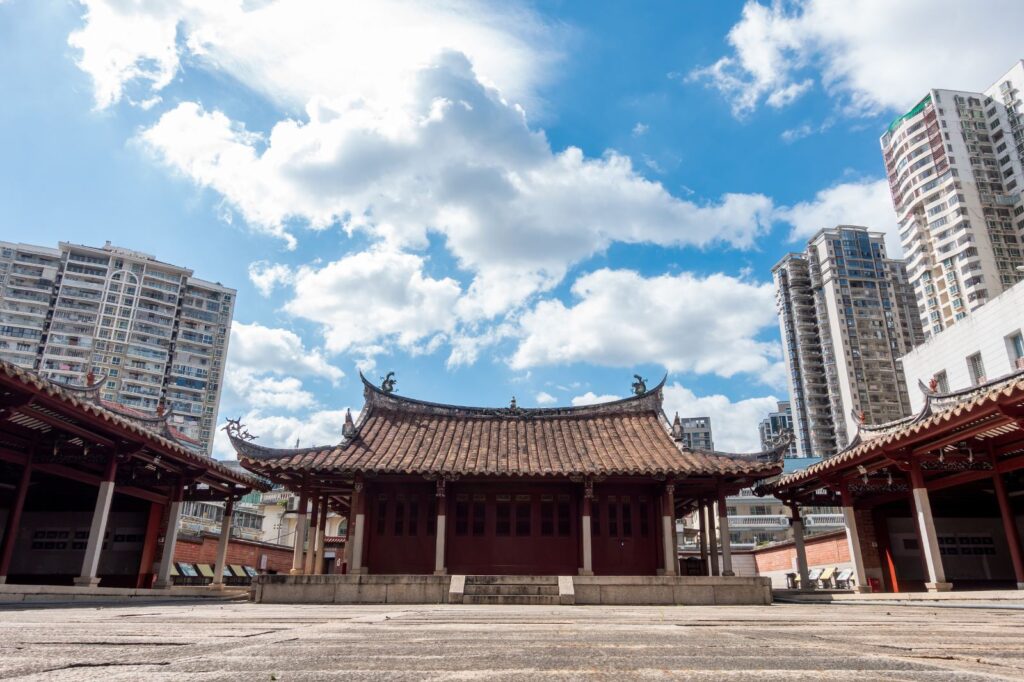Anxi Confucian Temple was first built in the Northern Song Dynasty, and the existing buildings date back to the Qing Dynasty. During the reign of Emperor Kangxi in the Qing Dynasty, Li Guangdi, a native of Anxi, served as the Grand Scholar of Wenyuan Pavilion and Minister of the Ministry of Personnel (equivalent to the prime minister). He summoned famous masters and skilled craftsmen from across the country and rebuilt the temple by referring to the architectural essence of Confucius Temple in Qufu, Shandong, the Forbidden City in Beijing, and Wumiao Temple in Shanxi.
Anxi Confucian Temple is a relatively well-preserved Confucian temple in China. It is a relatively complete ancient architectural art complex among similar existing buildings in the south of the Yangtze River. With grand scale, exquisite artistry, and magnificent appearance, it has distinct characteristics of the times and local regions. Its artistic and scientific value is quite high, fully demonstrating the wisdom and talent of the Chinese working people and reflecting the high achievements of the material culture in Anxi at that time. Its architectural style was once spread to Japan and is an important example in the history of cultural and scientific exchanges between China and Japan.


